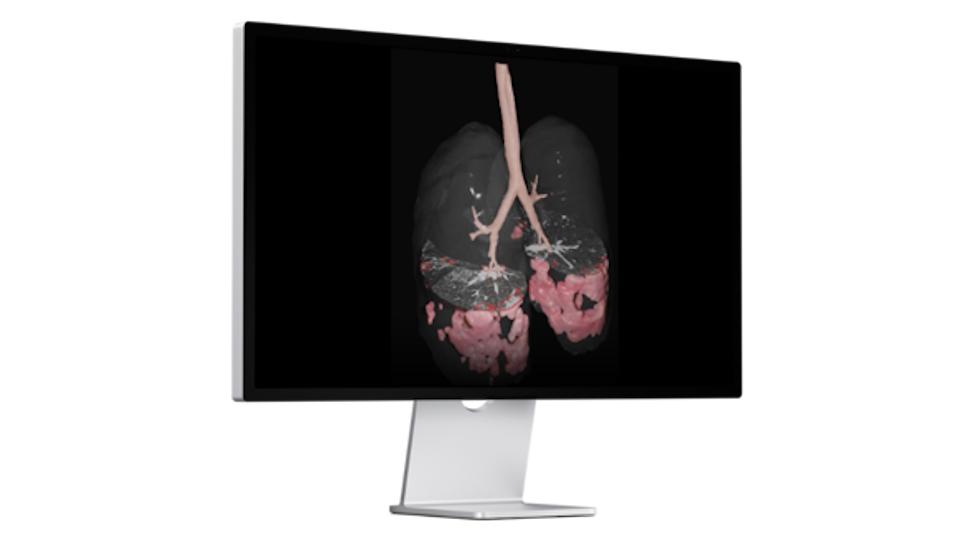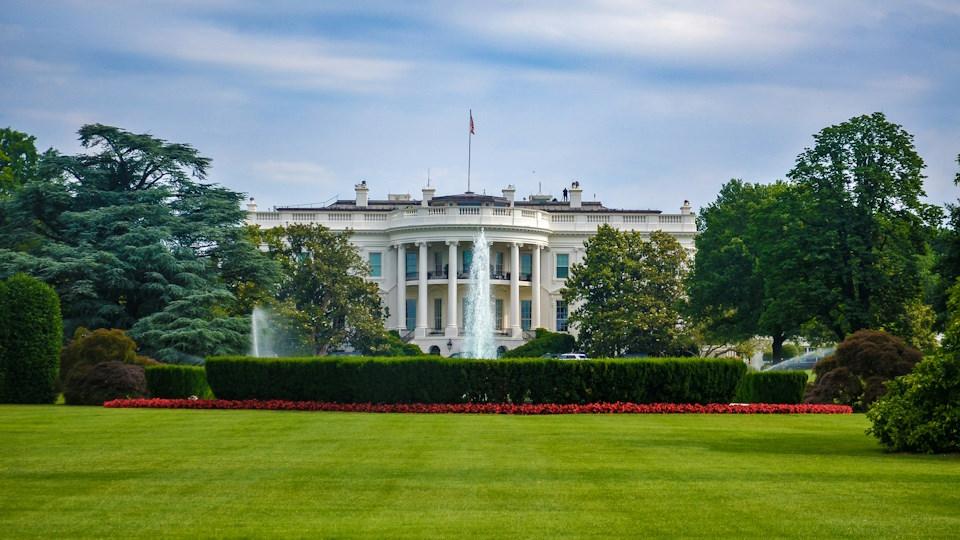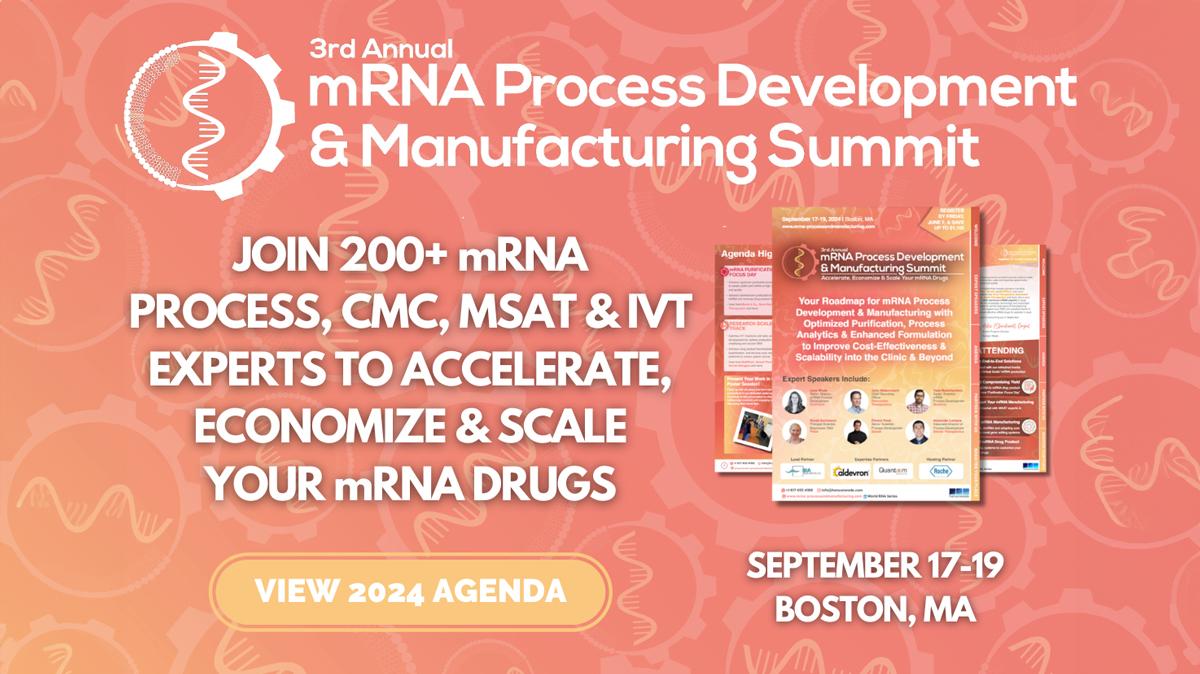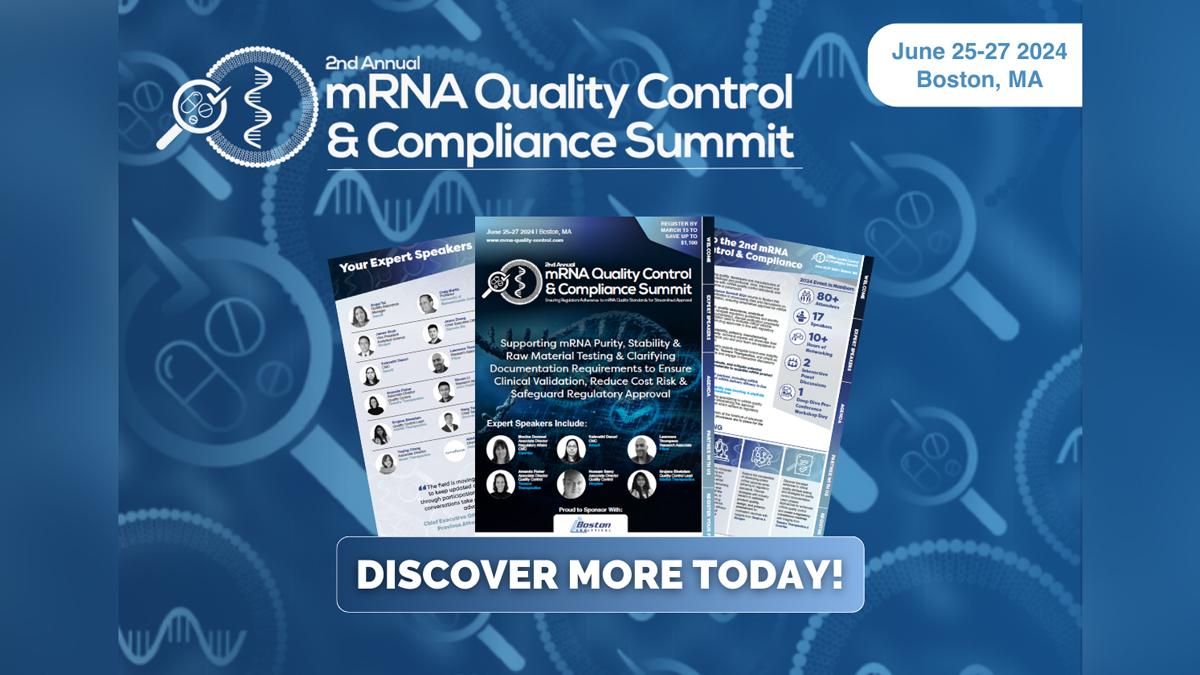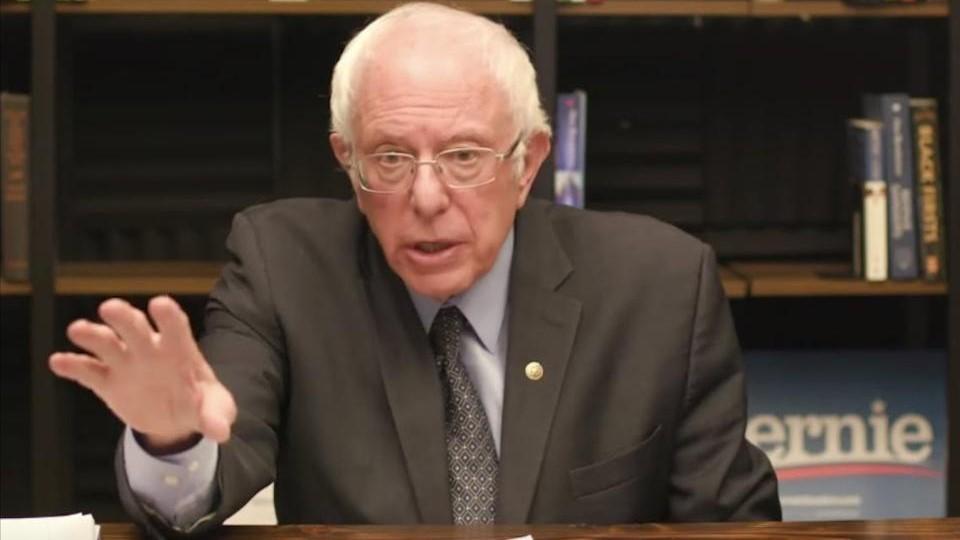Biosimilar uptake remains poor, but Sandoz has a plan
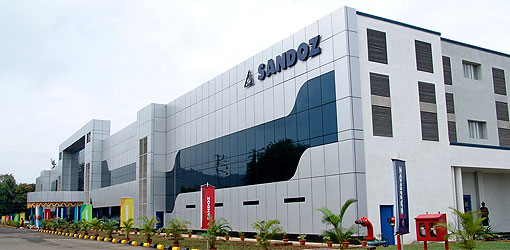
Sandoz is a major player in biosimilar medicines, so it’s no surprise that it is concerned about how slowly these drugs are making inroads against their brand-name equivalents.
In light of data suggesting biosimilars have an adoption rate of just 14% in major pharma markets – with 86% of the value still going to originator drugs – the company has helped to draw up a set of recommendations to help countries boost uptake and curb their spending on biologic medicines.
The new document is the latest phase of Sandoz’ Act4Biosimilars campaign, which was set up in 2022 with the ambitious aim of boosting global biosimilar adoption by at least 30% across 30 countries by 2030.
That is a mission-critical strategy for Sandoz – which is due to spin out of Novartis and start life as an independent company shortly – given that biosimilars are a big part of its plan to add $3 billion per year in new product sales by 2028.
The action plan has started with a focus on the Americas, where Sandoz has pointed to a number of national characteristics that are holding up biosimilars.
In the US, for example, it highlights FDA guidelines on interchangeability – a status that allows a generic or biosimilar drug to be substituted for a brand by the dispenser without being specified by the prescriber – saying that these have caused confusion among patients and healthcare professionals.
Also, in the US – as well as in Canada and Brazil – there is a lack of standard approaches to educational materials that is adding to the confusion, while other markets like Colombia and Ecuador have regulatory gaps allowing ‘biocopies’ that may not meet international guidelines to be approved for use.
Countries such as a Brazil and Mexico, meanwhile, have tender policies that result in a single company winning a procurement contract, raising the risk of inadequate and uncertain supply.
The action plan revolves around ‘four As’ – approvability, accessibility, acceptability, and affordability – which Action4Biomilars says will all have to be addressed if it is to meet its goal.
Among the recommendations are the adoption of rigorous regulatory pathways for biosimilars in countries where these are lacking, streamlining the approvals process, and educational campaigns to improve trust levels in biosimilars among doctors and patients and combat misinformation about switching from a brand-name drug.
Awareness needs to be raised about the saving that can accrue from use of biosimilars, and there needs to be a more sophisticated approach to sustainable pricing among health payers, rather than simply focusing on driving prices down.
Modelling carried out by healthcare data specialist IQVIA has suggested that, between 2023 and 2027, biosimilars could generate $290 billion in savings globally if uptake is increased dramatically, according to Sandoz.
Action4Biomilars will now turn its attention to Europe, where biosimilars are already more widely used than in the US, followed by the Middle East, Africa, and Asia Pacific.



